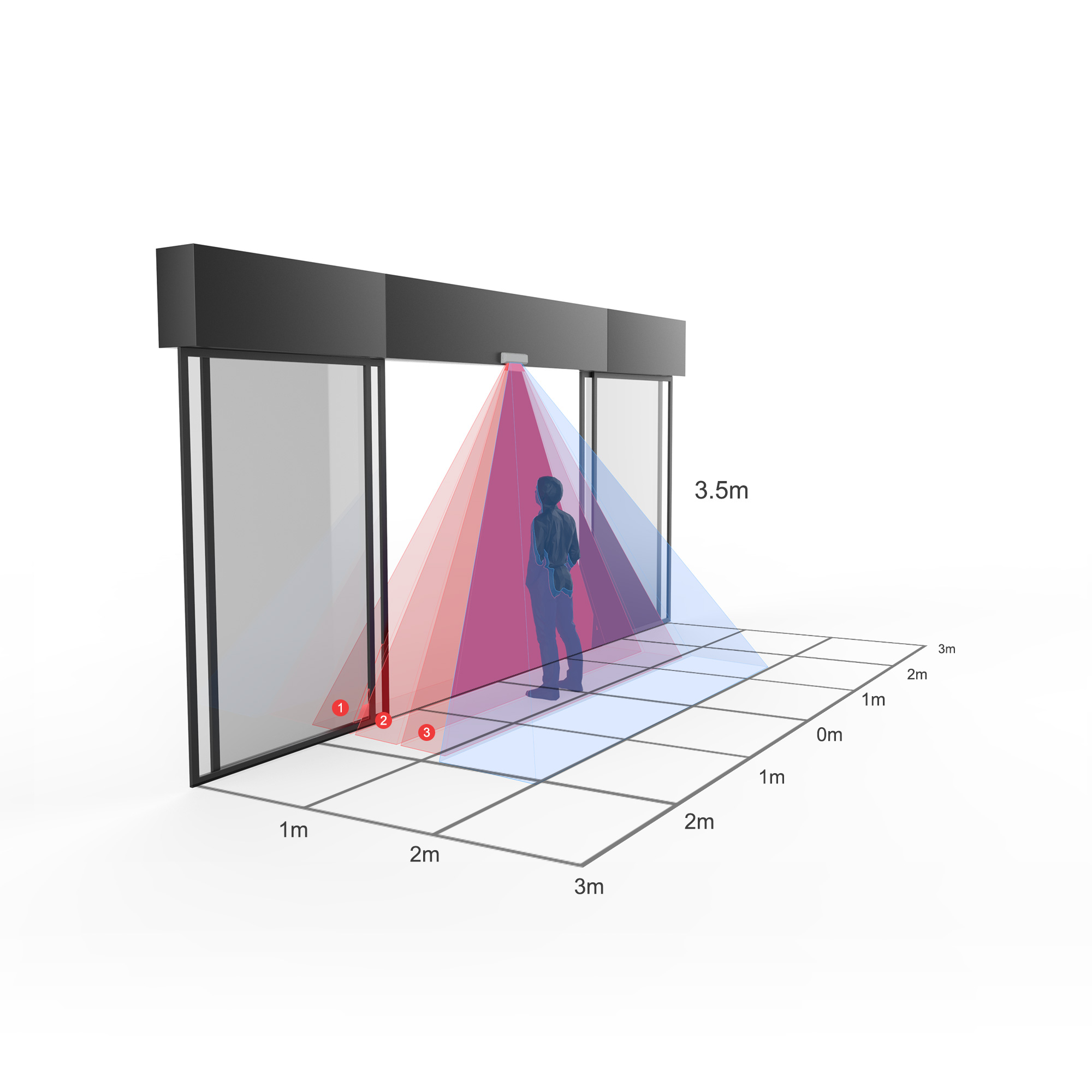How do electronic door sensors contribute to convenience and accessibility in buildings?
Electronic door sensors are increasingly integral to modern building design, significantly enhancing convenience and accessibility for occupants. These sensors offer a range of functionalities that improve the user experience, streamline access, and ensure compliance with accessibility standards. This article explores the various ways in which electronic door sensors contribute to the convenience and accessibility of buildings.

1. Automated Door Operation
One of the primary benefits of electronic door sensors is the automation of door operation. By detecting the presence or movement of individuals near the door, these sensors can automatically open and close doors without requiring manual intervention. This feature is particularly beneficial in high-traffic areas, such as office buildings, shopping centers, and hospitals, where hands-free access improves the flow of people and reduces bottlenecks.
2. Enhanced Accessibility for People with Disabilities
Electronic door sensors play a crucial role in making buildings more accessible for individuals with disabilities. Automatic doors equipped with motion sensors or touchless entry systems provide ease of access for people using wheelchairs, walkers, or other mobility aids. By eliminating the need to physically push or pull doors, these sensors help ensure that all individuals, regardless of physical ability, can enter and exit buildings independently and safely.
3. Improved Hygiene and Sanitation
In environments where hygiene is a top priority, such as hospitals, clinics, and food processing facilities, electronic door sensors contribute significantly to maintaining cleanliness. Touchless entry systems reduce the need for physical contact with door handles, minimizing the spread of germs and contaminants. This is particularly important in healthcare settings, where preventing the transmission of infections is critical.
4. Energy Efficiency and Climate Control
Electronic door sensors can enhance a building’s energy efficiency by minimizing the time doors remain open. In buildings with climate control systems, such as air conditioning or heating, maintaining a stable indoor temperature is essential for energy efficiency. Sensors ensure that doors open only when necessary and close promptly after entry or exit, reducing the loss of conditioned air and lowering energy costs.
5. Security and Access Control
Integrating electronic door sensors with access control systems enhances building security. Sensors can work in conjunction with keycards, PIN codes, or biometric systems to ensure that only authorized personnel gain entry to secure areas. Additionally, sensors can be programmed to trigger alarms or notifications if a door is held open for an extended period or if unauthorized access is attempted, thereby improving overall security.
6. Customizable Access Solutions
Electronic door sensors offer customizable solutions tailored to specific building needs. For example, sensors can be adjusted for sensitivity, range, and response time, allowing for precise control over door operation. This customization is beneficial in diverse environments, from retail stores requiring quick customer access to warehouses needing controlled entry for safety and security.
7. Integration with Smart Building Systems
Modern buildings increasingly incorporate smart technology, and electronic door sensors are a key component of these systems. Sensors can be integrated with building management systems (BMS) to provide real-time data on door usage and occupancy levels. This data can be used to optimize building operations, such as adjusting lighting and HVAC settings based on occupancy patterns, further enhancing convenience and energy efficiency.
8. Emergency Egress and Safety
In emergencies, such as fires or security threats, electronic door sensors contribute to safe and efficient evacuation. Sensors can be programmed to automatically unlock doors along designated evacuation routes, ensuring that occupants can quickly and safely exit the building. This functionality is crucial for compliance with safety regulations and for protecting the well-being of building occupants.
9. User-Friendly Experience
Electronic door sensors provide a seamless and user-friendly experience for building occupants. By automating door operations, sensors reduce the effort required to navigate through a building, making it more welcoming and accessible for everyone. This ease of access can enhance the overall user experience, whether in a commercial, residential, or public building.
Conclusion
Electronic door sensors are a valuable addition to modern building infrastructure, offering significant benefits in terms of convenience, accessibility, hygiene, energy efficiency, security, and safety. By automating door operations and integrating with other building systems, these sensors enhance the overall functionality and user experience of a building. As technology continues to advance, the role of electronic door sensors in creating accessible and efficient building environments will only grow, making them an essential component of contemporary building design.







